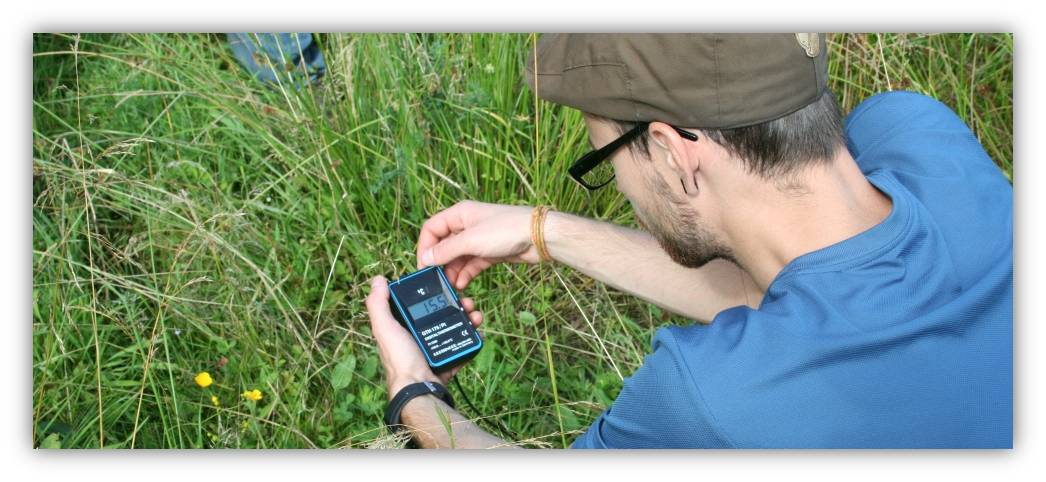
The water temperature of springs without geothermal influence, i.e. „normal“ springs, depends mainly on the origin of the discharged water, on the altitude, relief (irradiation, flow velocity), vegetation and human impact. The interflow in soil layers, which are not water saturated, and the upper layer of the ground water (10 to 30m below soil surface) shows a stronger climatic influence of the air layer above the soil than deeper ground waters. Springs which are predominantly fed by deep ground water, are characterized by rather constant temperatures and little annual variation. Here, the water temperature of the springs is equivalent to the mean annual air temperature of our region (between 6 and 8°C or slightly above). In winter time, springs are islands of warmth, since they usually don't freeze, in summer time they are rather islands of coldness.
The relief influences the thermal balance of springs. Water from springs with a fast flow-off and little spacial spread (stream spring, rheocrene) warms up slower along the flow than seepage springs (helocrene) or pool springs (limnocrene), with a slower flow and a large spread of the water surface. Another point is the dependency of the water temperature from the altitude of the spring. Springs in open landscapes, without or with only little shading, show stronger fluctuations of the water temperature than springs under forest cover.


